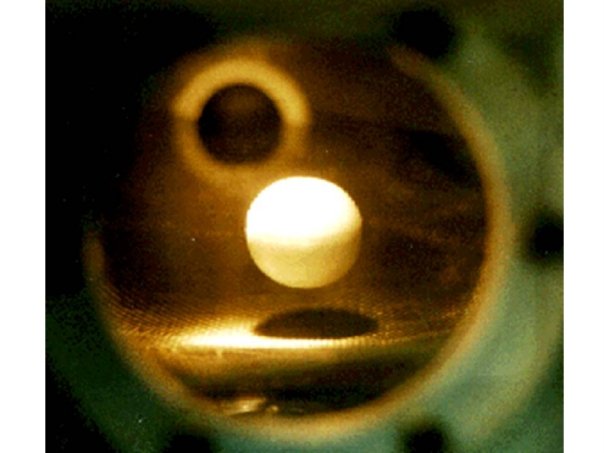Acoustic Levitation Research Group

Sound is a pressure wave. That pressure can be used to apply a force to an object. With careful control of the sound waves it is possible to lift an object. At very high intensity the sound waves can be used to control the motion of the object in three dimensions. An object can be raised and even spun on any axis that is desired. This object is only in contact with the air molecules around it. In fact, the intensity of the sound is high enough that non-linear effects begin to be important in the description of the system. Extremely intense sounds are usually non-linear. They can cause disproportionately large responses in the substances they travel through.
Non-linear acoustics is a fascinating field, and the physical phenomena that cause these effects are certainly an area for research. In general, nonlinear effects can combine to make an intense sound far more powerful than a quieter one. The result is that a wave's acoustic radiation pressure can become strong enough to balance the pull of gravity. Intense sound is central to acoustic levitation and the levels are more than 140 dB (decibels). For reference, conversation is usually about 60 dB and a loud night club is closer to 110 dB.
The acoustic levitation chamber can be used to study the effects of microgravity. This gives researchers a place to study other than the International Space Station which is very difficult to get to. Current efforts in this research are directed toward fine control of the position and motion of the object.